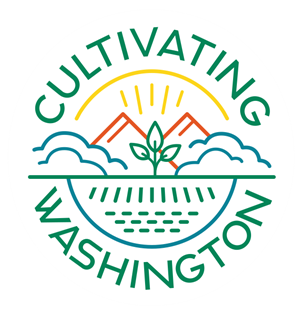In 1869, the Charles Schanno family plants the first known grapevines in the Yakima Valley on their farm near Union Gap. Finding the climate ideal for wine grape production, other settlers follow suit.
The earliest recorded grapevine plantings in what was to become Washington occurred in 1825 at Fort Vancouver. Probably brought from England via ship by Hudson's Bay Company governor George Simpson in 1824, the grape seeds from which the vineyard grew were planted (along with seeds for many other crops) in order to create a self-sufficient supply for the Hudson's Bay Company's newly established Fort Vancouver.
Because the grapes were originally grown from seed it is only possible to speculate on what variety they came from. Walter Clore (1911-2003), who was known as the father of Washington state's wine industry, speculated that they were Vitis vinifera, probably the Black Prince variety. The cuttings planted in the Yakima Valley in 1869 most likely were taken from these vines at Fort Vancouver.
The Charles Schanno family came to the Yakima Valley from Oregon, where they had founded the first brewery in The Dalles. Charles Schanno was originally from Alsace-Lorraine, France.
Schanno hand carried the grape vine cuttings, wrapped in wet straw to encourage rooting and ensure that they did not dry out. After soaking for some time in a warm spring on Schanno's property, the rooted cuttings were planted. The vines were watered from Ahtanum Creek.
In 1871 Anthony Herke, a homesteader in Tampico about 12 miles west of the Schanno farm, planted a vineyard along the slope of a gully on his property. The vineyard was about an acre square, probably watered by underground springs. Herke may have obtained cuttings from Schanno, or they may have come from vineyards in Oregon's Willamette Valley.
Early vineyards in Washington were not commercial operations. Farmers used the grapes to make wine for their own use, and traded, sold, or gave their excess grapes to neighbors so that they, too, could make wine.
By 1920, Yakima County was producing an annual yield of 992 tons of grapes (both wine and table grapes), 55 percent of the state total.
Note: This article is part of Cultivating Washington, The History of Our State’s Food, Land, and People, which includes more agriculture-related content, vidoes, and curriculum.

